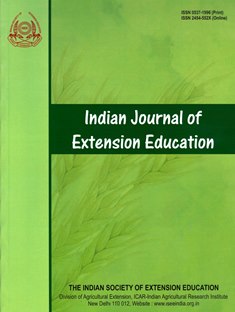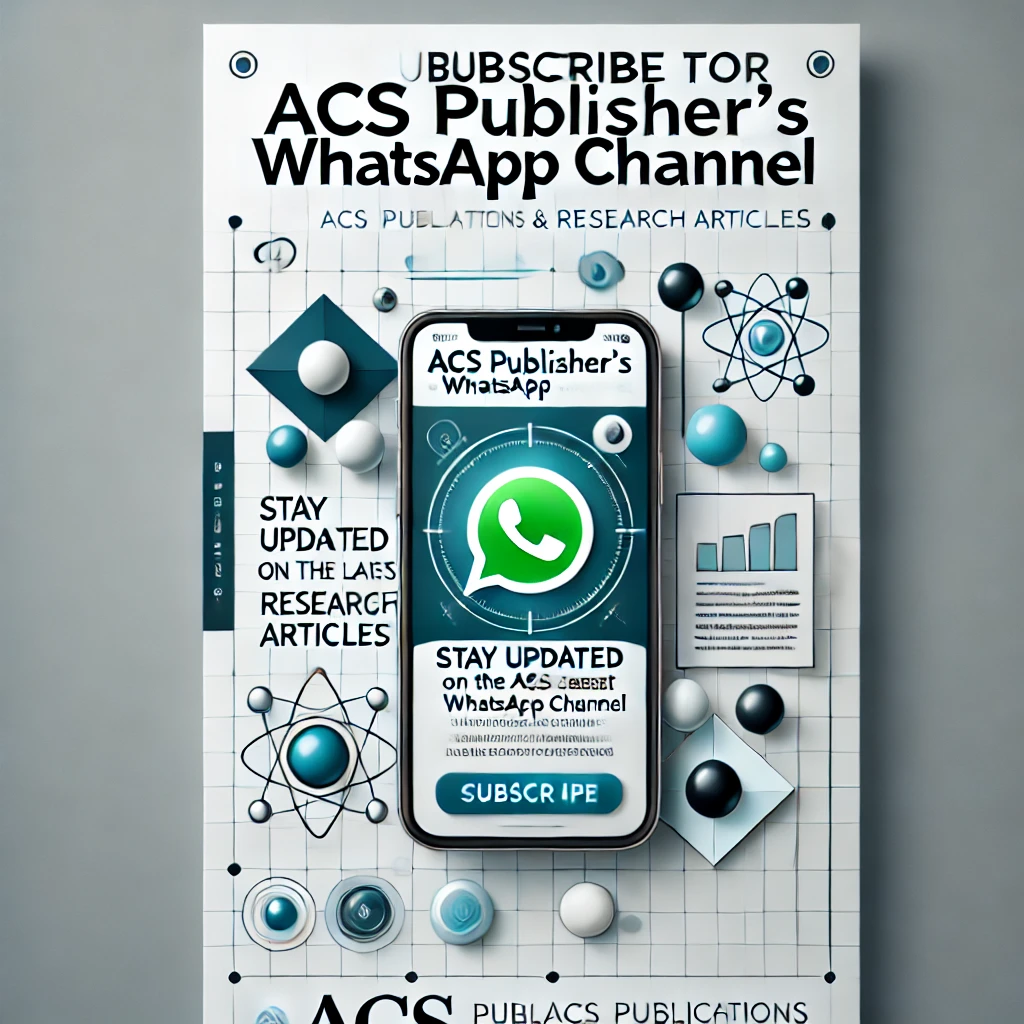Perceived Benefits and Pre-Design Environmental Impact Assessment of Eco Friendly Ornament Development
DOI:
https://doi.org/10.48165/IJEE.2025.614RN05Keywords:
Awareness, Consumer behaviour, Eco-friendly design, Ornamentation, Rural sustainabilityAbstract
The study examined the environmental benefits and pre-design impact assessments of eco-friendly ornaments in rural Uttar Pradesh, focusing on Ayodhya district. A sample of 240 respondents was selected from 24 villages using multistage random sampling. Data were collected through structured interviews, surveys, and direct observations, and analyzed using descriptive statistics, chi-square tests, and Student’s t-test. The results, conducted in 2024-2025, show that 58.75 per cent of respondents supported eco-friendly ornaments to promote environmental safety (χ² = 191.95, p < 0.05). However, when it came to the integration of environmental considerations during the design phase, durability (35.41%) was the most cited factor, but differences were not statistically significant (t = 0.167 < 3.182). In terms of ecological benefits, energy saving (40.41%) and fossil fuel alternatives (30.41%) were the most recognized advantages, with statistical significance (χ² = 48.61, p < 0.05). These findings highlight a strong environmental motivation among consumers in rural areas, although sustainability is not fully integrated into the early stages of product design. The study emphasizes the need for interventions that raise awareness and build capacity to ensure that sustainability becomes a key consideration in the design process, ultimately promoting more environmentally responsible ornamentation practices in rural India.
Downloads
References
Austria, E., Peralta, A. G., & Dacara, B. C. (2022). Analyzing consumer behavior towards luxury jewelry brands. Journal of Business and Management Studies, 4(1), 76–90.
Carranza, R., Zollo, L., Díaz, E., & Faraoni, M. (2023). Solving the luxury fashion and sustainable development “oxymoron”: A cross-cultural analysis of green luxury consumption enablers and disablers. Business Strategy and the Environment, 32(4), 2399–2419. https://doi.org/10.1002/bse.3255
Imrankhan, J., Ganesamoorthi, S., Khatoon, M., Mohankumar, T. L., & Narayanaswamy, C. (2025). Food, economic, and livelihood security of farmers under PMFBY in Kolar, Karnataka. Indian Journal of Extension Education, 61(2), 40–44. https://doi.org/10.48165/IJEE.2025.61208
Jin, X., Omar, A., & Fu, K. (2024). Factors influencing purchase intention toward recycled apparel: Evidence from China. Sustainability (Switzerland), 16(9), 1–15. https://doi.org/10.3390/su16093633
Krishnakumar, D. M., & Lajith, S. (2023). Examining the purchase intentions of silver oxidized ethnic jewellery: An empirical exploration of demographic and lifestyle influences. Asian Journal of Applied Science and Technology, 7(4), 84–98. https://doi.org/10.38177/ajast.2023.7411
Kumar, R., Mukherjee, S., & Rana, N. P. (2024). Exploring latent characteristics of fake reviews and their intermediary role in persuading buying decisions. Information Systems Frontiers, 26(3), 1091–1108. https://doi.org/10.1007/s10796-023-10401-w
Kumari, Q., Ghosh, S., & Rath, S. R. (2025). Empowering rural women entrepreneurs: Insights from Bihar. Indian Journal of Extension Education, 61(2), 25–29. https://doi.org/10.48165/IJEE.2025.61205
Pasaribu, R., Siahaan, A. M., & Simanjuntak, J. (2022). Building the competitive advantage of SMEs in the fashion sector in Medan city with a mediation and moderation approach. The Seybold Journal, 17(3), 2228–2244. https://doi.org/10.5281/zenodo.7509334
Salem, S. F., & Chaichi, K. (2018). Investigating causes and consequences of purchase intention of luxury fashion. Management Science Letters, 8(12), 1259–1272. https://doi.org/10.5267/j.msl.2018.10.001
Sanyal, S. N., Datta, S. K., & Banerjee, A. K. (2014). Attitude of Indian consumers towards luxury brand purchase: An application of “attitude scale to luxury items.” International Journal of Indian Culture and Business Management, 9(3), 316–330. https://doi.org/10.1504/ijicbm.2014.064696
Sarstedt, M., Ringle, C. M., Cheah, J. H., Ting, H., Moisescu, O. I., & Radomir, L. (2020). Structural model robustness checks in PLS-SEM. Tourism Economics, 26(4), 531–554. https://doi.org/10.1177/1354816618823921
Siddique, S., & Rajput, A. (2022). Self-expressiveness and hedonic brand affect brand love through brand jealousy. Future Business Journal, 8(1), 1–13. https://doi.org/10.1186/s43093-022-00136-6
Sonu, K., & Jha, K. K. (2025). Understanding entrepreneurial behaviour of Makhana growers in Bihar using SEM-PLS approach. Indian Journal of Extension Education, 61(2), 62–66. https://doi.org/10.48165/IJEE.2025.61212
Tran, K., Nguyen, T., Tran, Y., Nguyen, A., Luu, K., & Nguyen, Y. (2022). Eco-friendly fashion among generation Z: Mixed methods study on price value image, customer fulfillment, and pro-environmental behavior. PLOS ONE, 17(8), e0272789. https://doi.org/10.1371/journal.pone.0272789
Yusuf, M., Surya, B., Menne, F., Ruslan, M., Suriani, S., & Iskandar, I. (2023). Business agility and competitive advantage of SMEs in Makassar City, Indonesia. Sustainability (Switzerland), 15(1), 1–15. https://doi.org/10.3390/su15010627
Downloads
Published
Issue
Section
License

This work is licensed under a Creative Commons Attribution-NonCommercial-NoDerivatives 4.0 International License.

